Military Knot Guidance
Military personnel require specialized knot knowledge for equipment rigging, field operations, and tactical scenarios. These time-tested knots ensure reliability under stress, rapid deployment, and secure connections that can be trusted in critical situations.
1. Field Equipment Rigging
These knots are essential for securing gear, establishing shelter, and preparing equipment in field conditions. They can be tied quickly and will hold securely even under adverse weather and terrain conditions.
Recommended Knots
2. Personnel & Safety Systems
Used for creating secure attachment points and safety systems for personnel. These knots maintain integrity under load while still allowing for controlled adjustment and quick release when necessary.
Recommended Knots
3. Load Securing & Transport
When transporting equipment or supplies, these knots provide reliable methods to secure loads to vehicles, aircraft, or during airdrops. They allow for appropriate tension and can be released quickly even after being under heavy strain.
Recommended Knots
4. Tactical Rope Systems
For specialized operations requiring rope systems, these knots provide friction control, directional anchors, and progress capture. They form the foundation for rope-assisted movement techniques in complex terrain.
Recommended Knots
All Military Knots
A complete collection of knots commonly used in military activities.
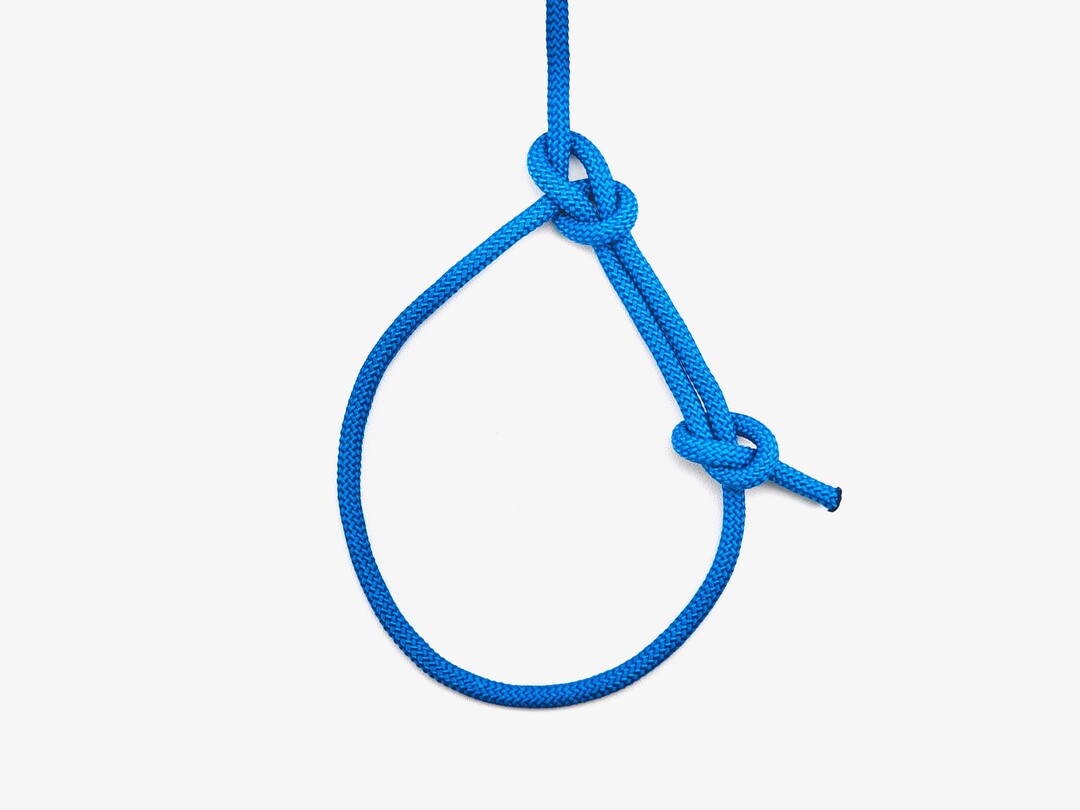
Bowline with Stopper
Secure loop knot with an overhand stopper.
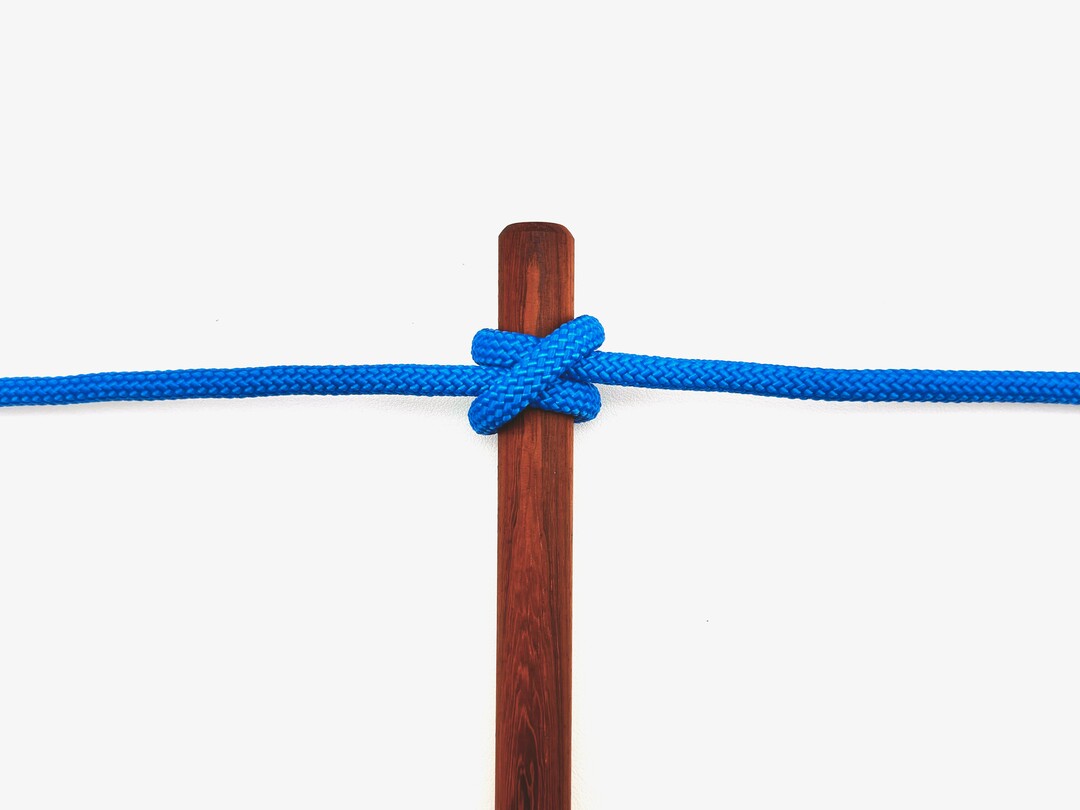
Clove Hitch (Middle of Rope)
Secures rope mid-length to posts or stakes.

Clove Hitch (Rope End)
Secures ropes to posts or spars in outdoor activities.
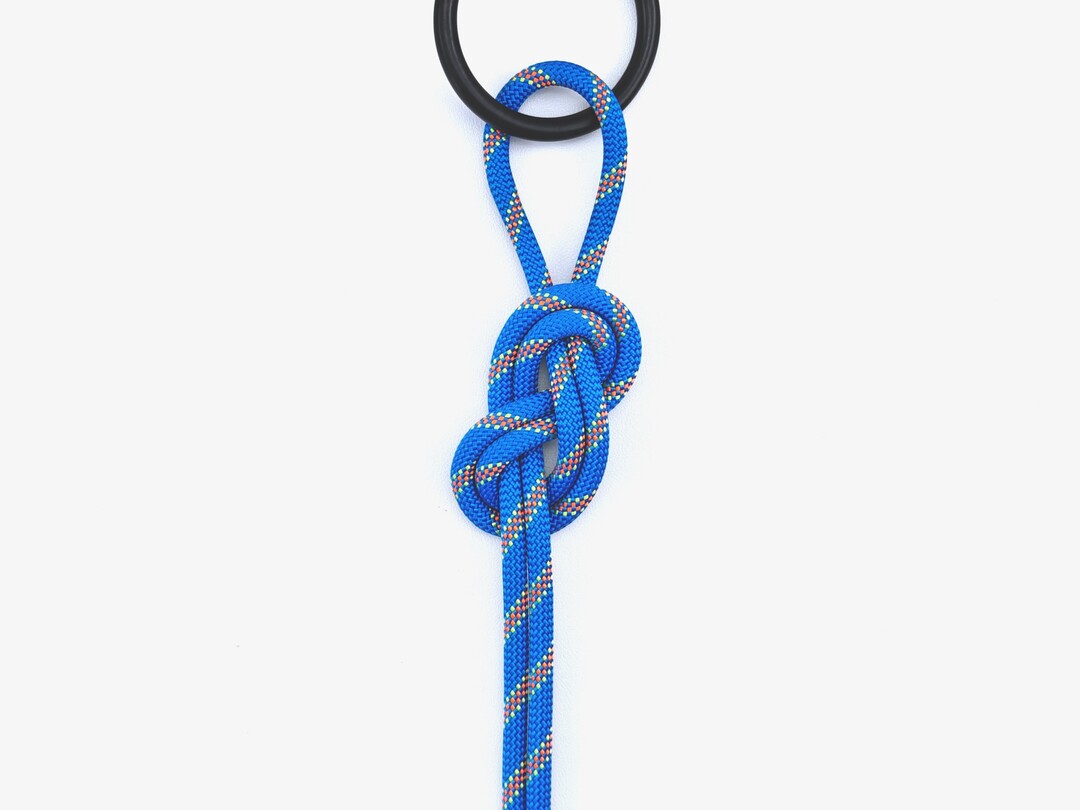
Figure Eight Follow Through
Secures rope to harness or anchor in climbing.

Figure-Eight Loop
Secure loop for climbing and rescue.
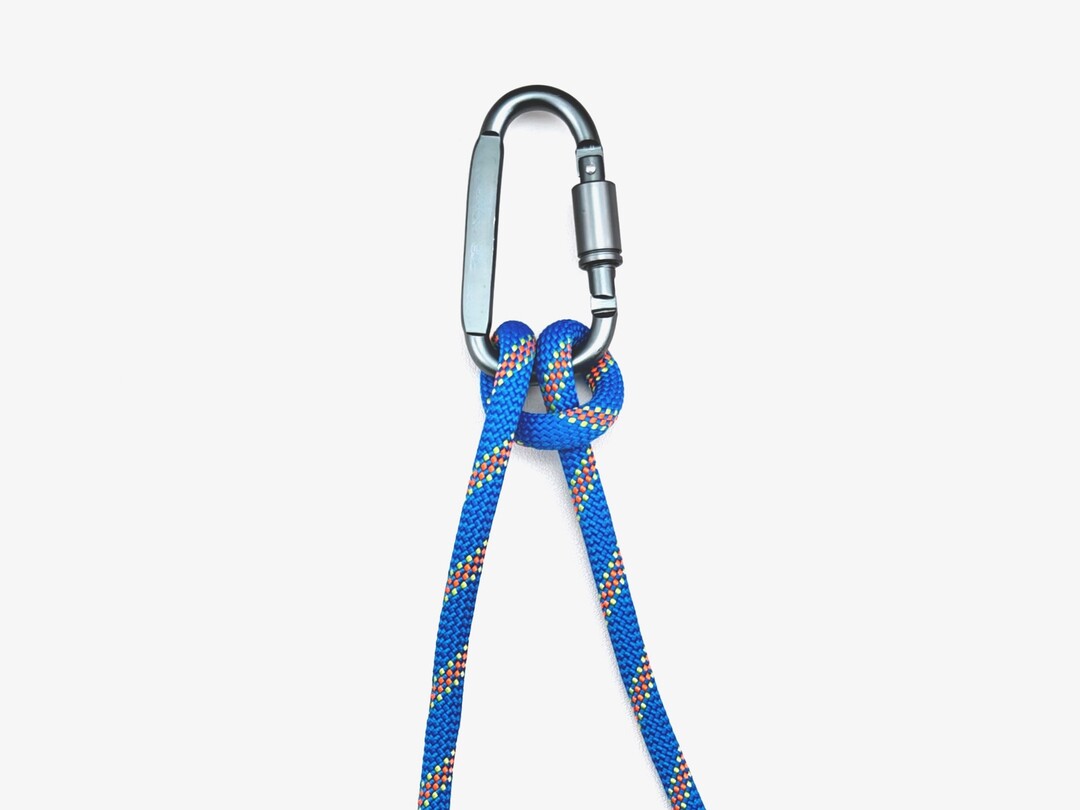
Munter Hitch
Sliding hitch for controlled descents in climbing.

Prusik Knot
Friction hitch for climbing and rescue
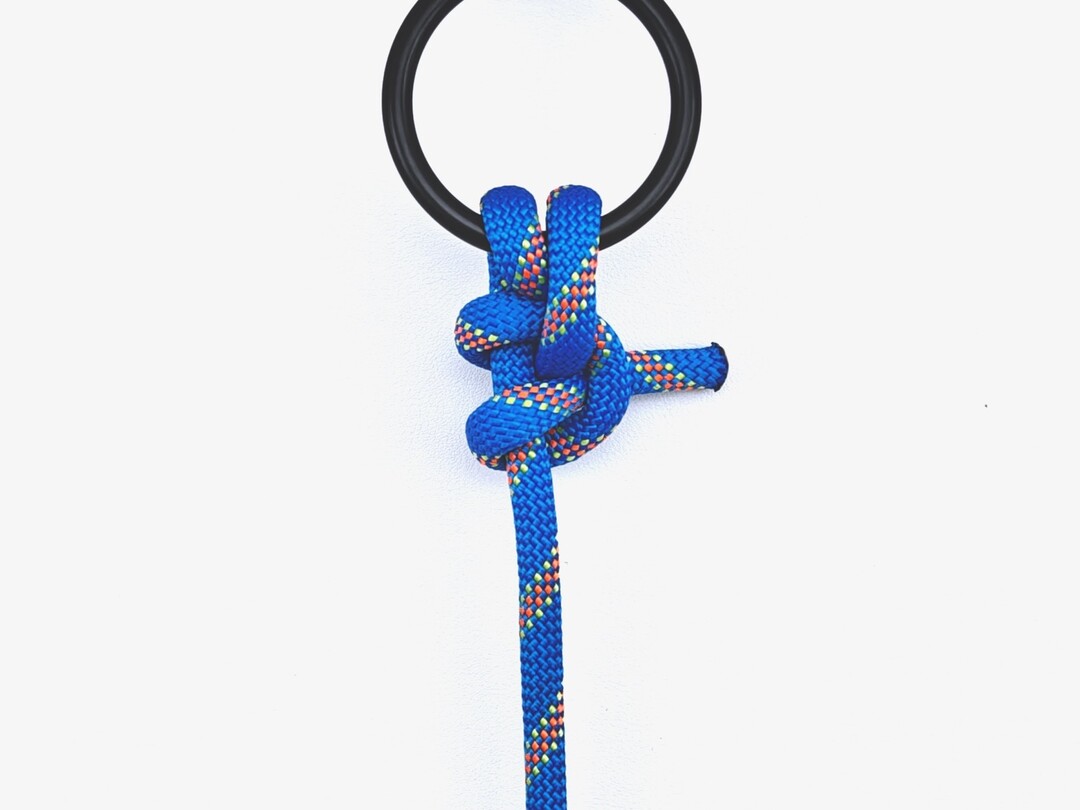
Round Turn & Two Half Hitches
Secures ropes to fixed objects like posts or rings.
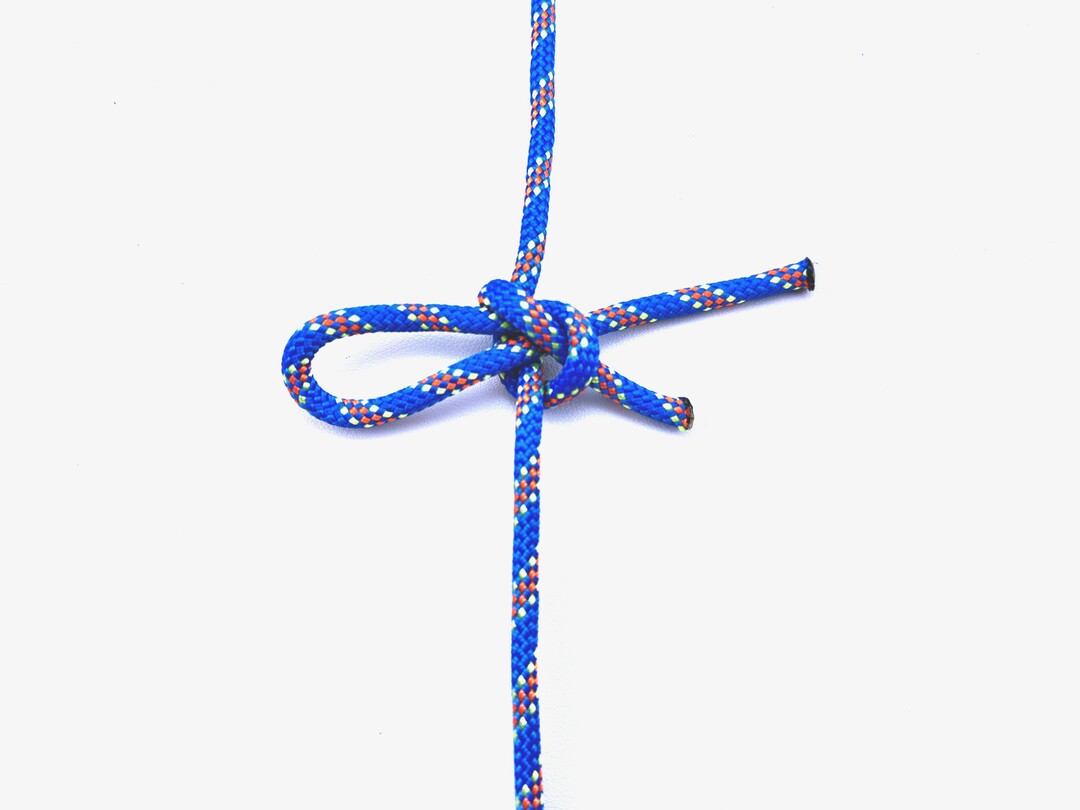
Slipped Square Knot
Quick-release binding knot for easy untying.

Slipped Square Knot Doubled
Used for shoelaces and decorative bows
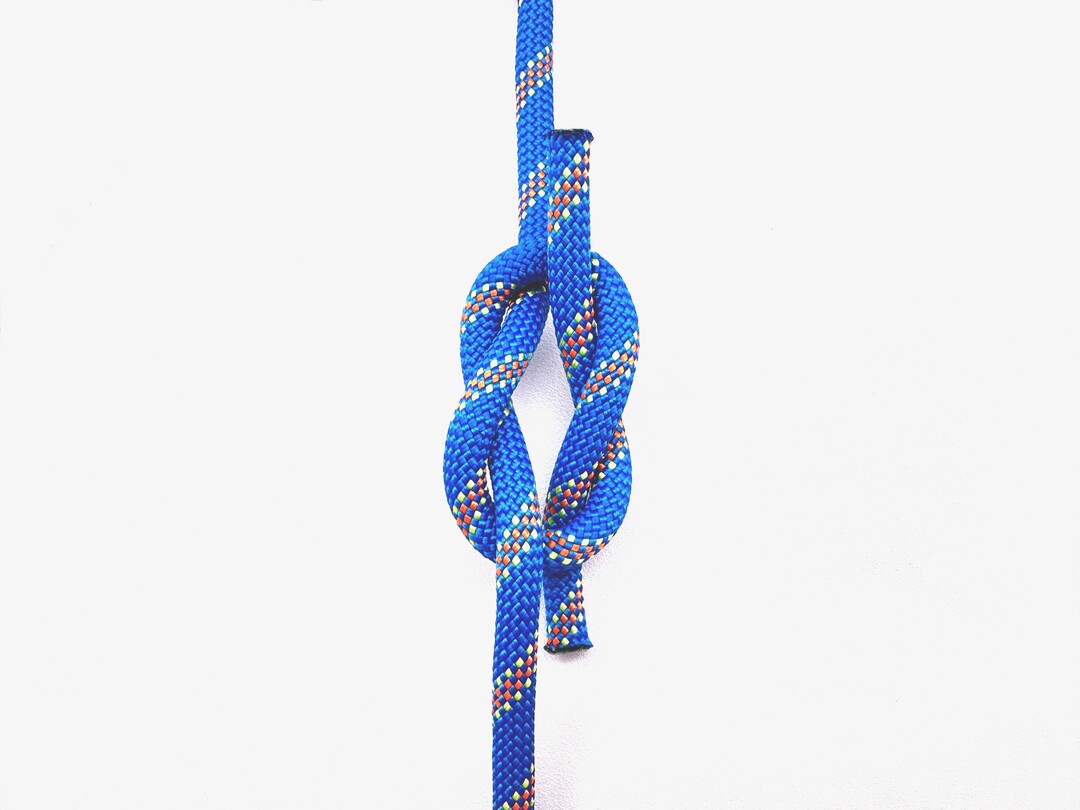
Square Knot
Binds ropes around objects or bundles.
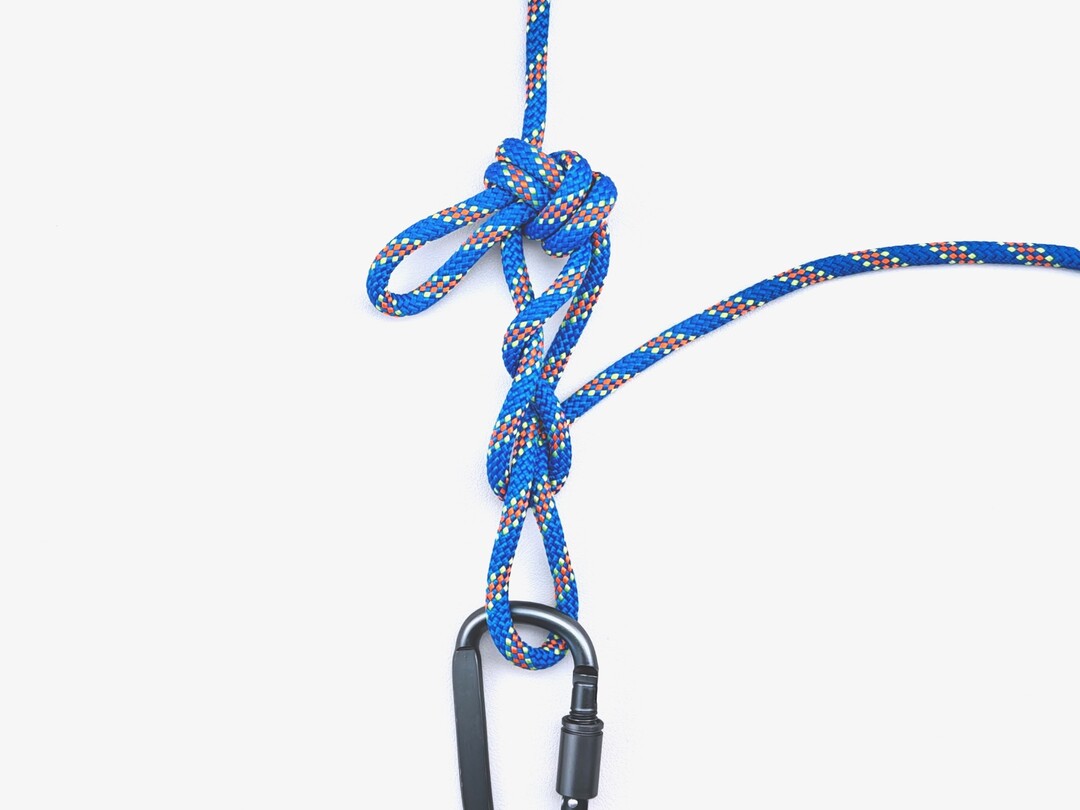
Trucker's Hitch (Quick Release)
Quickly secures loads or tarps for transport.

Water Knot
Joins webbing securely for climbing and rescue.
Military Knot Safety
Equipment Considerations
- Use mil-spec cordage appropriate for the task and load requirements
- Kernmantle ropes with 7-9mm diameter offer versatility for most field applications
- Paracord (550 cord) is excellent for light-duty tasks but not for life safety
- Webbing and specialized tactical rope have specific applications - know their limitations
Field Operations
- Practice tying all essential knots with cold hands, wearing gloves, and in low light
- Dress knots properly - a poorly dressed knot can reduce strength by up to 50%
- Leave adequate tail length (minimum 4 inches/10cm) beyond the knot
- Create redundancy in critical systems through backup knots or secondary connections
Operational Security
- Inspect all knots before loading - the 'Sight, Touch, Test' method is standard practice
- For extended operations, check knots periodically for security
- Consider noise discipline when selecting and tying knots
- Remove or secure excess rope to prevent entanglement hazards
- Train for rapid release under stress and in darkness
Military Knot Warning
- For critical life safety applications, these knots must be properly trained and consistently practiced. Incorrect knot application in tactical scenarios can lead to mission compromise, equipment failure, or personnel injury. Always follow your unit's standard operating procedures.